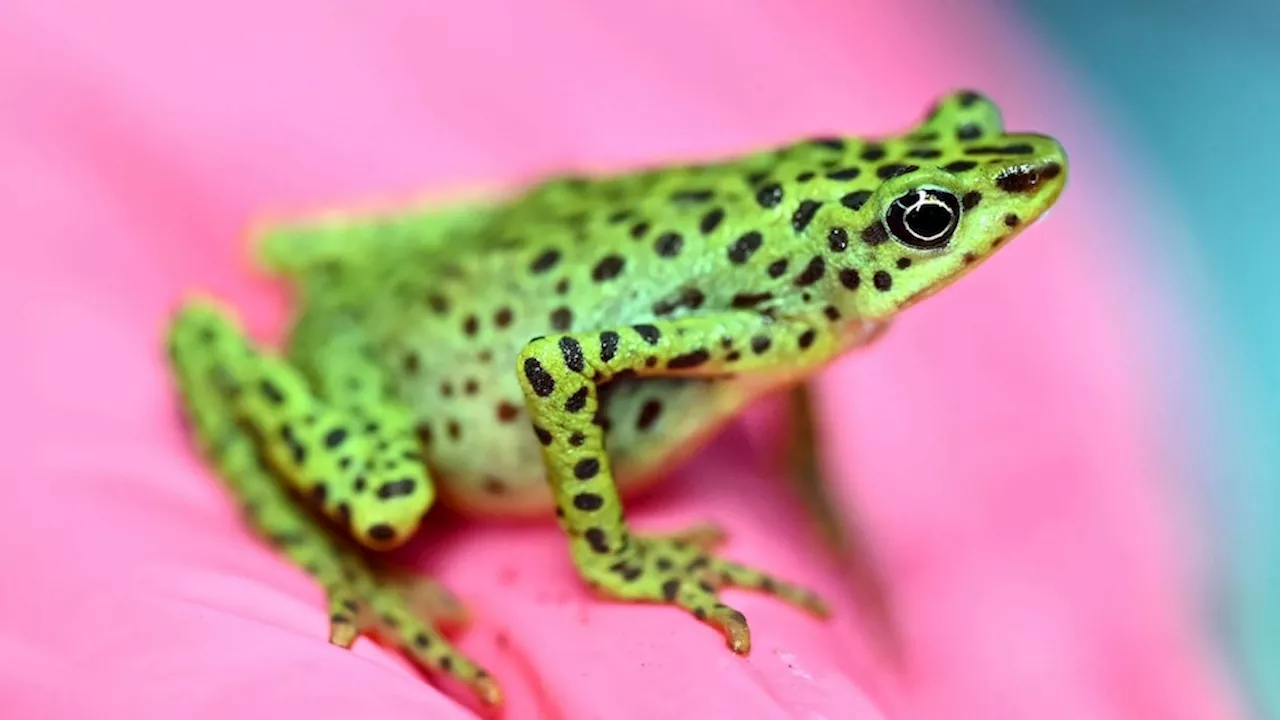Amphibians are experiencing widespread population declines due to climate change, according to a new study.
A Rio Pescado stubby-footed toad at the Karlsruhe Zoo. It is one of the most endangered amphibian species in the world, found only in southwestern Ecuador and measures just three to four centimeters.A major class of vertebrate species is experiencing widespread population declines due to climate change, according to new research.
But global warming in recent decades is likely the culprit for the increased declines, the researchers said. Since 2004, when the first Global Amphibian Assessment was completed by the IUCN, the primary driver of the declines has shifted from disease to climate change, according to the paper.
The greatest concentrations of threatened species were found in the Caribbean islands, Mesoamerica, the tropical Andes in South America, the mountains and forests of western Cameroon and eastern Nigeria in Africa, Madagascar, the Western Ghats and Sri Lanka.
South Africa Latest News, South Africa Headlines
Similar News:You can also read news stories similar to this one that we have collected from other news sources.
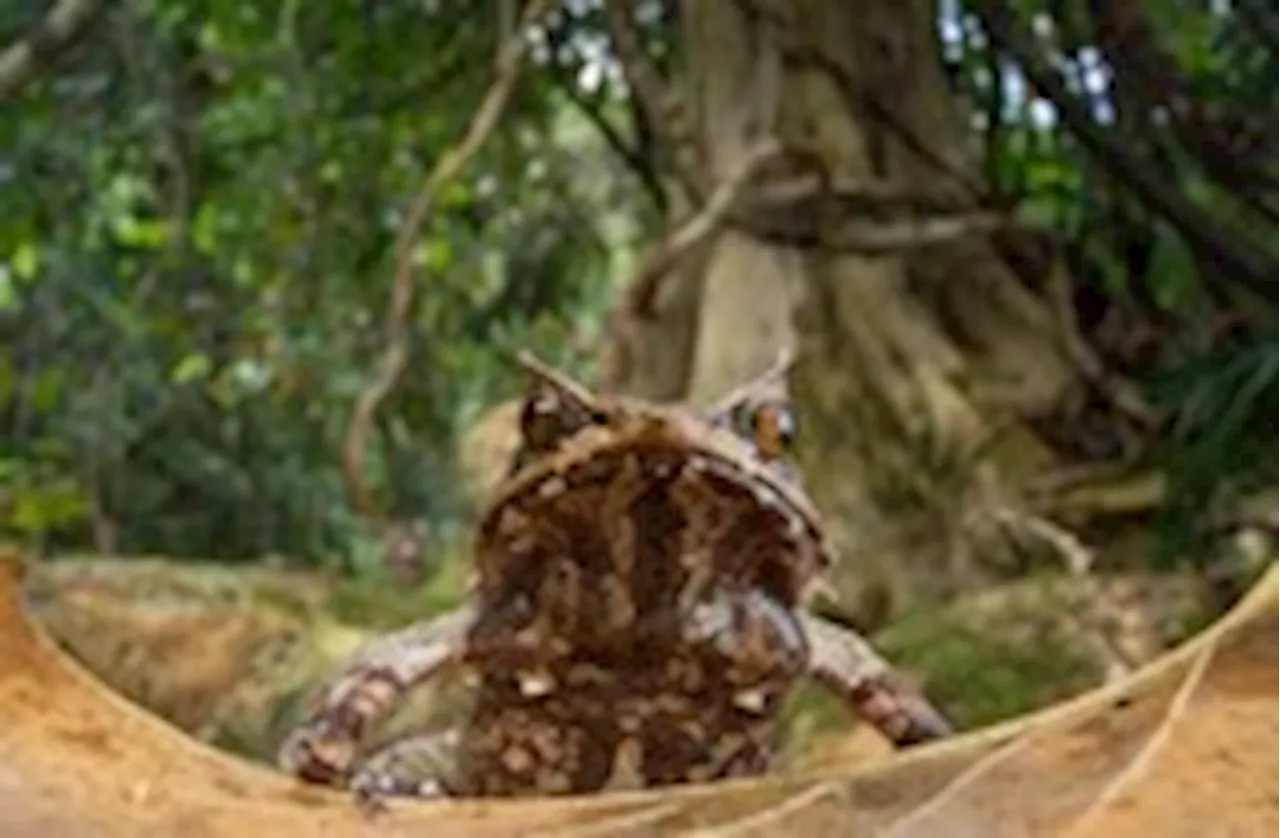 Climate change is driving many amphibians toward extinctionA new “gut punch” of a study in the journal Nature shows that more than 40 percent of frogs, salamanders and other amphibian species are at risk of vanishing.
Climate change is driving many amphibians toward extinctionA new “gut punch” of a study in the journal Nature shows that more than 40 percent of frogs, salamanders and other amphibian species are at risk of vanishing.
Read more »
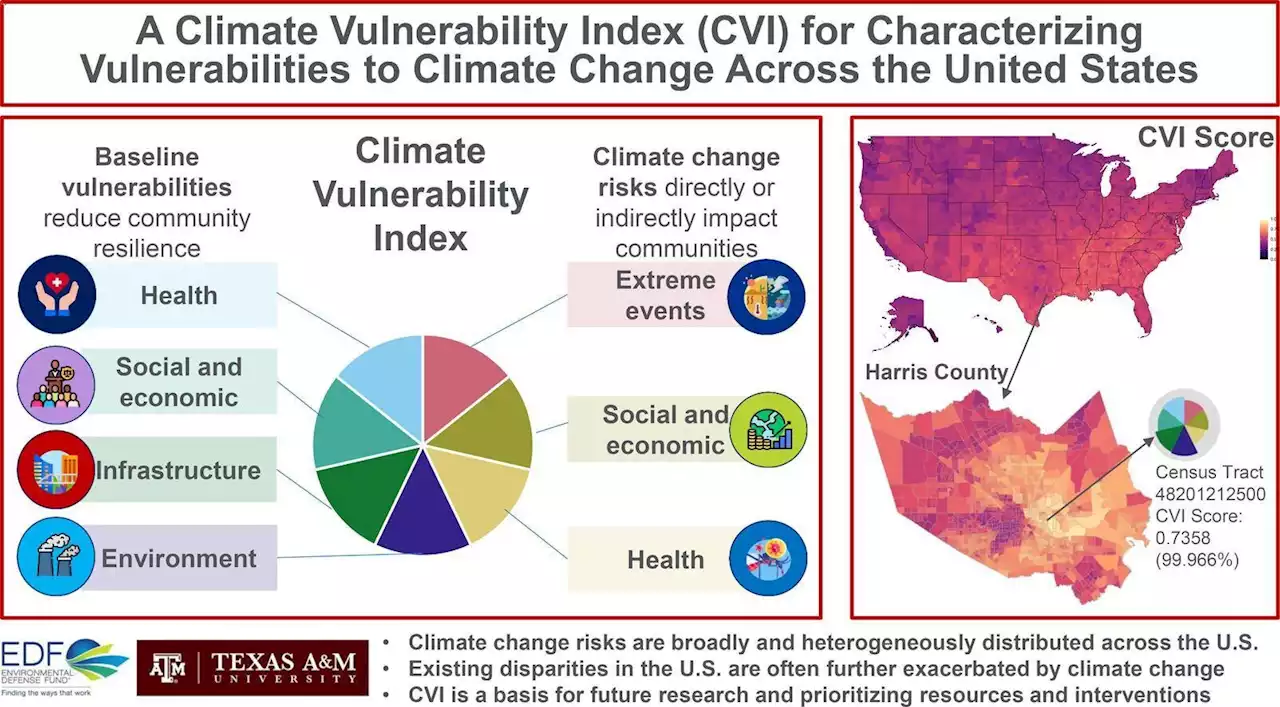 'Climate vulnerability index' shows where action, resources are needed to address climate change threatsDr. Weihsueh Chiu, a professor at the Texas A&M School of Veterinary Medicine and Biomedical Sciences, helped create a new tool that provides communities and policymakers with actionable data about long-term vulnerabilities tied to climate change.
'Climate vulnerability index' shows where action, resources are needed to address climate change threatsDr. Weihsueh Chiu, a professor at the Texas A&M School of Veterinary Medicine and Biomedical Sciences, helped create a new tool that provides communities and policymakers with actionable data about long-term vulnerabilities tied to climate change.
Read more »
 Amphibians are the world's most vulnerable species and threats are increasingThe world’s frogs, salamanders, newts and other amphibians remain in serious trouble.
Amphibians are the world's most vulnerable species and threats are increasingThe world’s frogs, salamanders, newts and other amphibians remain in serious trouble.
Read more »
 Amphibians are the world's most vulnerable species and threats are increasingThe world’s frogs, salamanders, newts and other amphibians remain in serious trouble.
Amphibians are the world's most vulnerable species and threats are increasingThe world’s frogs, salamanders, newts and other amphibians remain in serious trouble.
Read more »
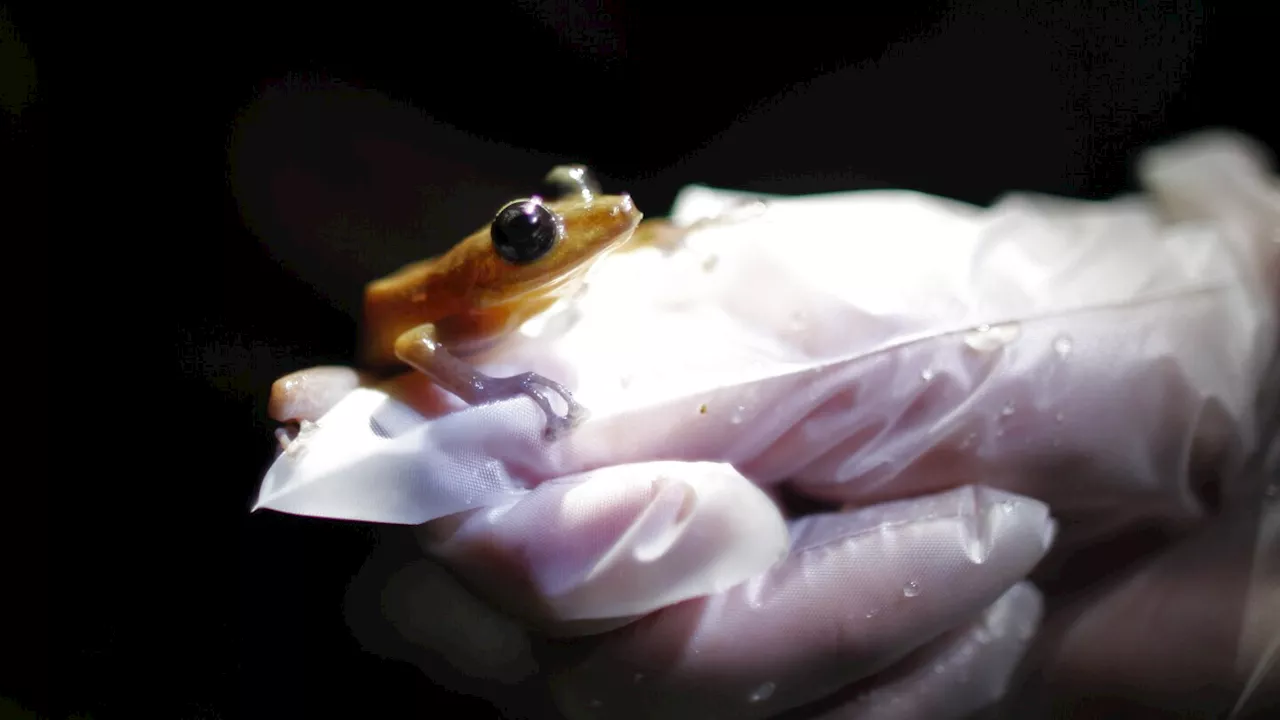 Amphibians are the world's most vulnerable species and threats are increasingThe world’s frogs, salamanders, newts and other amphibians remain in serious trouble. A new global assessment has found that 41% of amphibians that scientists have studied are threatened with extinction, meaning they are either vulnerable, endangered or critically endangered.
Amphibians are the world's most vulnerable species and threats are increasingThe world’s frogs, salamanders, newts and other amphibians remain in serious trouble. A new global assessment has found that 41% of amphibians that scientists have studied are threatened with extinction, meaning they are either vulnerable, endangered or critically endangered.
Read more »
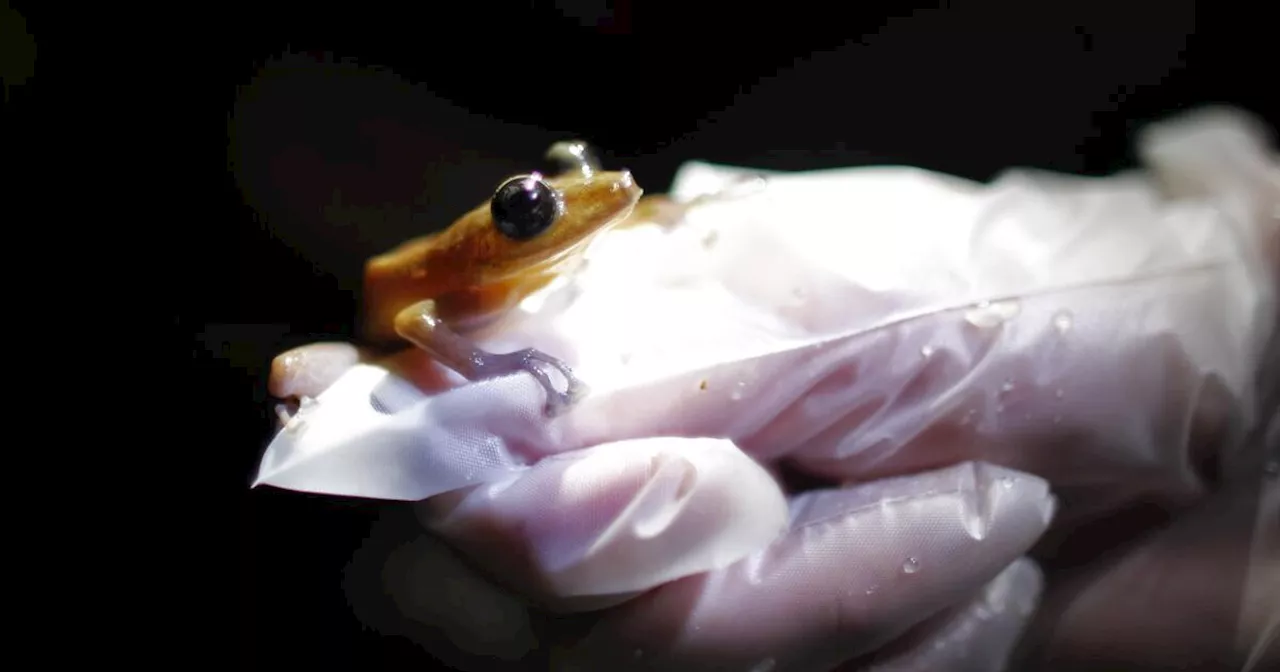 Amphibians are the world's most vulnerable species and threats are increasingThe world’s frogs, salamanders, newts and other amphibians remain in serious trouble
Amphibians are the world's most vulnerable species and threats are increasingThe world’s frogs, salamanders, newts and other amphibians remain in serious trouble
Read more »
